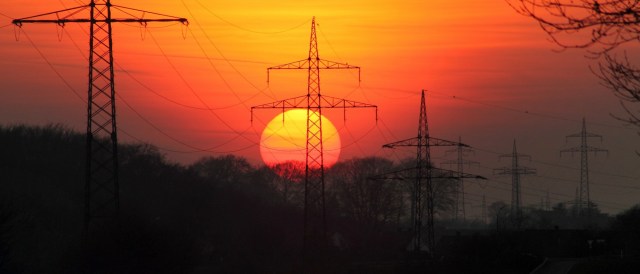Market coupling is a good way to allocate cross-border transmission capacity, better for example than explicit auctions. But it is not the same as a single power market. Nor does it inevitably lead to one. Jan Ondrich takes a look.

Market Coupling helps to alleviate some of the issues of neighboring power markets, without going as far as creating a single market.
What is market coupling and why is it beneficial?
There are various ways to couple markets, such as tight or loose volume coupling, price coupling or market splitting. Each has its own advantages and drawbacks, but all seek the same end, which is to allocate scarce cross border grid capacity in the most efficient way.
Here we will focus on price coupling, being the method used to couple markets in Central and Western Europe.
Simply put, market coupling is an agreement between transmission system operators and market operators of two or more countries. They use a common algorithm for settling market transactions, given cross border grid constraints. The term ‘interconnector’ describes the connection between two transmission systems.
Each market operator collects the corresponding bids for their market areas and sets its own area price based on the merit-order rule. When different market area prices occur, the operators calculate the trading capacity between the two market areas necessary to equalise the price between the two areas, thus creating a system price. To achieve this system price, the operator adds a ‘price independent purchase’ on the low price area corresponding to the size of the necessary trading capacity, and a ‘price independent sale’ in the high price zone. As a result, the area price is lowered in the high price zone, and is increased in the low price zone, both equalling the system price between the coupled regions.
However, if the necessary trading capacity is higher than the interconnector capacity allows, bottlenecks occur and the markets are decoupled. Prices between the two areas will differ and there will be no system price.
The grid is crucial
The above example shows that without sufficient interconnection between states there will not be a single price between the coupled countries. In fact, it is possible that price correlation between two countries may decrease even after the markets have been coupled, just as when interconnector capacity is auctioned.
This decrease in price correlation may occur if the interconnector capacity is not expanded and cross-border power flows increase as a result of an increase in the marginal price differential between the countries. Prices between countries will differ for as long as bottlenecks in the transmission systems and in particular on interconnectors remain, even after market coupling.
So is the recent market coupling initiative good for nothing?
We do not think so. A single price is not and should not be the only or even the best criterion according to which progress towards achieving a well-functioning single market is judged. There can be, for example, situations in which prices between the two or more countries are very similar due to abuse of dominant market power of a dominant market participant in one or more countries.
Market coupling brings several other important benefits besides the possibility that it will create a single price between coupled countries. In particular, market coupling:
- Increases transparency. Automated allocation of interconnector capacity limits the ability of dominant market participants and national grid operators to manipulate capacity to hinder competition. Hungary is a notable exception to this rule in Central Eastern Europe (we may examine the Hungarian ‘model’ in a later blog).
- Lowers transaction costs. Market participants no longer submit margins for interconnector auctions and do not pay auction and usage fees.
- Decreases time and administrative burden. Market participants just trade power, not interconnector capacity in parallel.
All of the above decrease trading cost and risk, thereby attracting new entrants to the market. New entrants decrease the market power of incumbents, increase market efficiency and ultimately decrease consumer prices. Market coupling is therefore a worthy exercise even if the grid development does not keep up and prices between countries continue to differ.
Jan Ondrich is a partner in market analysis and advisory firm Candole Partners.